The Ruin
© Mateusz BajРуїна, or ‘The Ruin’, is a historical term for the political situation in Ukraine that covers the period of Ukrainian history during the second half of the 17th century. This period was characterized by continuous strife, civil war, and foreign intervention by neighbouring countries.
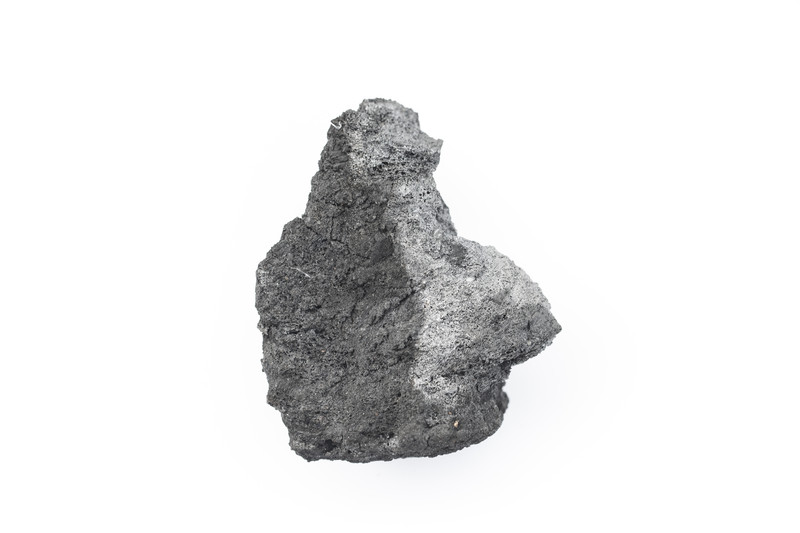
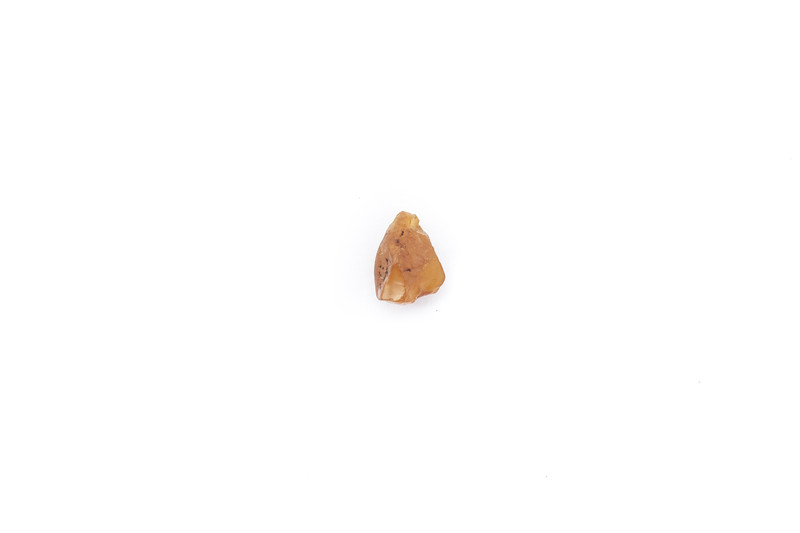

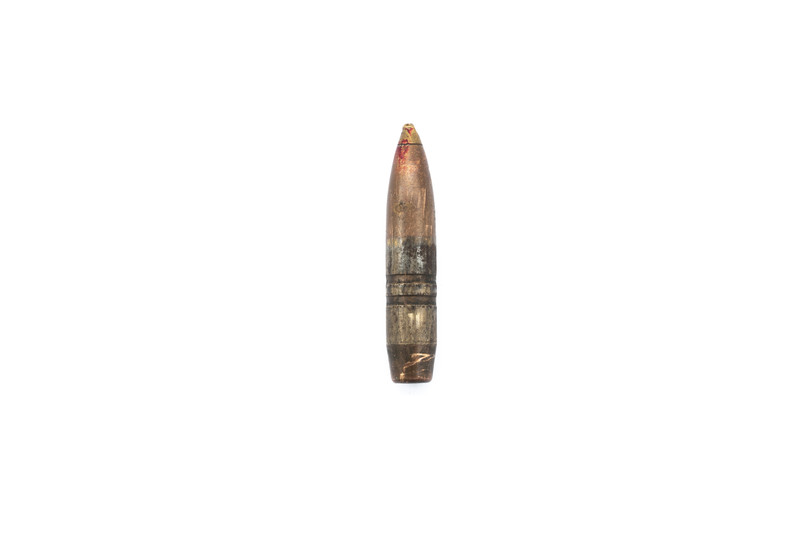
‘They walk, walk and walk dressed in a medley of army uniforms purchased from surplus stores all over Western Europe. They walk, dragging behind them their booted feet and their baggage of post- traumatic disorders. Following the tracks of traumas, after the burden of weeks and weeks spent in the ruins — and these are not just any ruins — these are the ruins of their own world. The world they knew so well. The world that made them and the world they made. The world that once seemed to be unshakeable and indestructible is the world that now lies in utter fucking ruin. It all seems to be the same: the blocks of flats in Donbas are just like the blocks of flats in Kijow, Czrkasy, Tarnopol, and Winnica. It is all the same. Those destroyed Donetsk villages are of the same post-sovietskoje kind as the places they came from. So they walk and walk, dragging behind them the ruin of their world. Memento mori. They undress, fold their clothes neatly and go to sleep. However, it’s either too hot (the window won’t open) or too cold (the windows are draughty) in this cold room. Arm joints stiffen and muscles ache. Sleeping bodies shiver under duvets, not only from draught and cold. They shiver because they just turned twenty and have already witnessed the destruction of their own fucking world; because they shot at other young people who were just like themselves — not in the sense that all people are equal, and we — the humans — are essentially the same - not at all; they really were shooting at them fucking selves. They shot at Wowas and Pashas, who were brought up watching the same films and listening to the same music, who spoke the same language with the same kurwa maty. And fuck, the Pashas and Wowas were shooting back.”
ZIEMOWIT SZCZEREK Tatuaz z Tryzubem

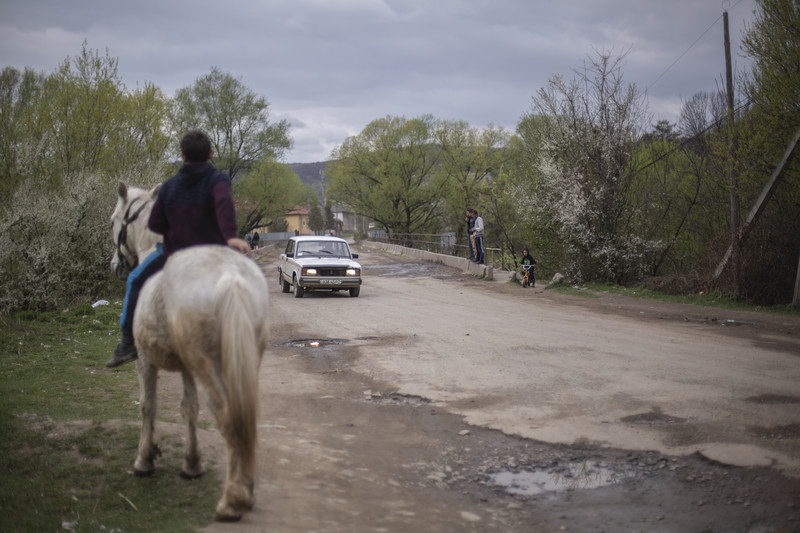
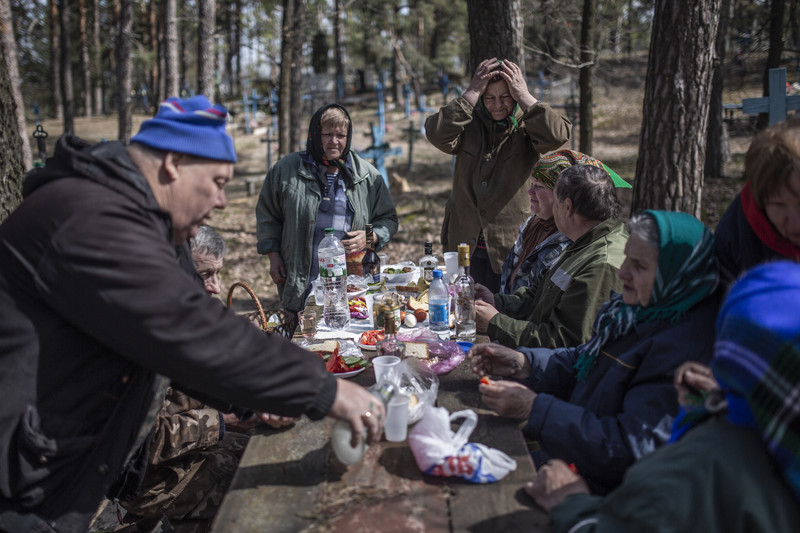
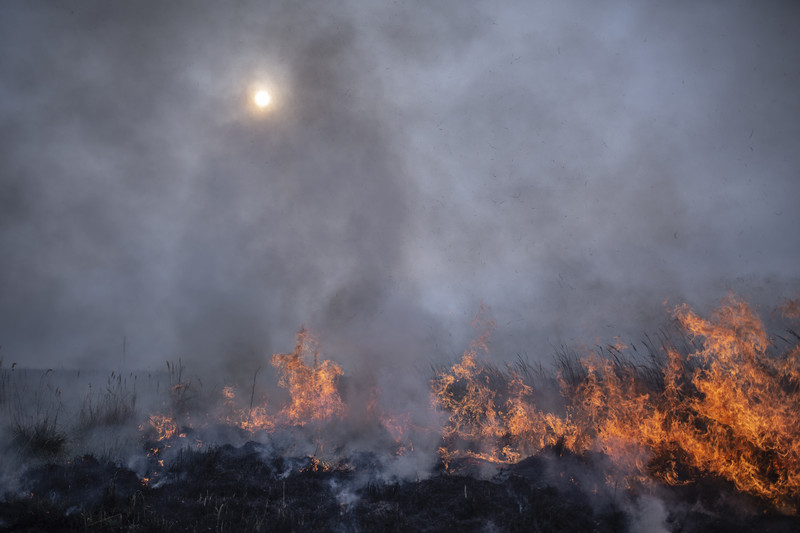




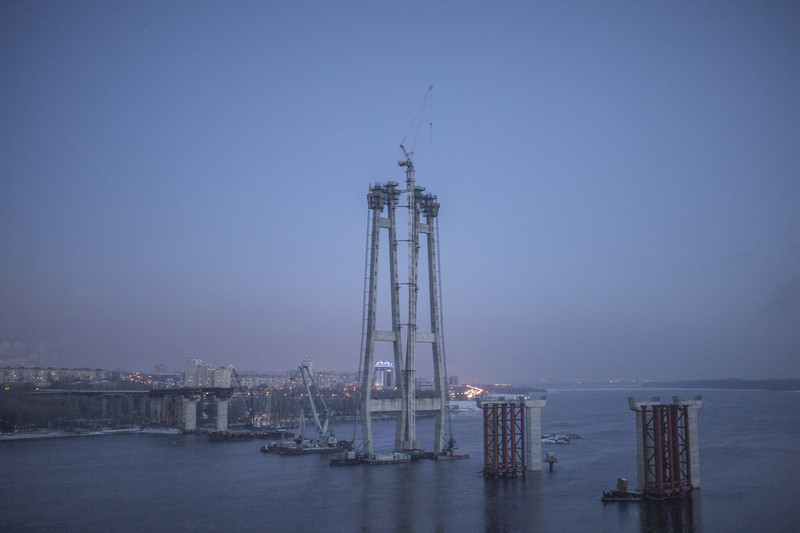

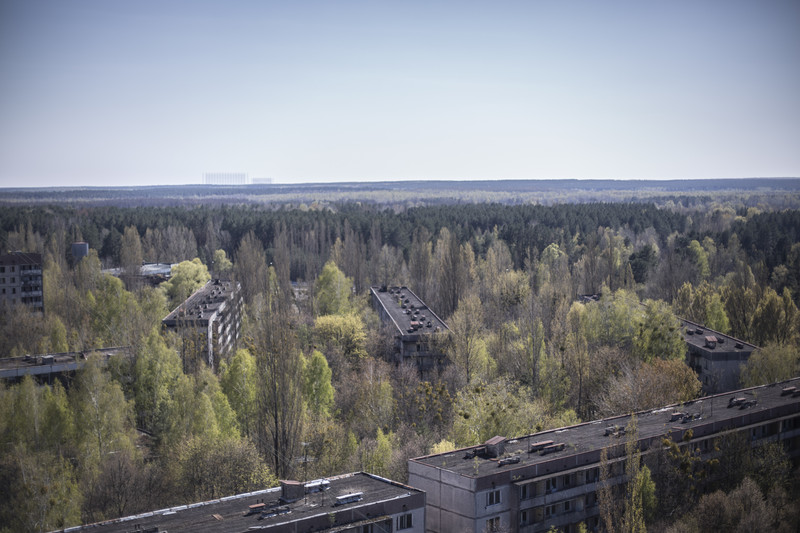
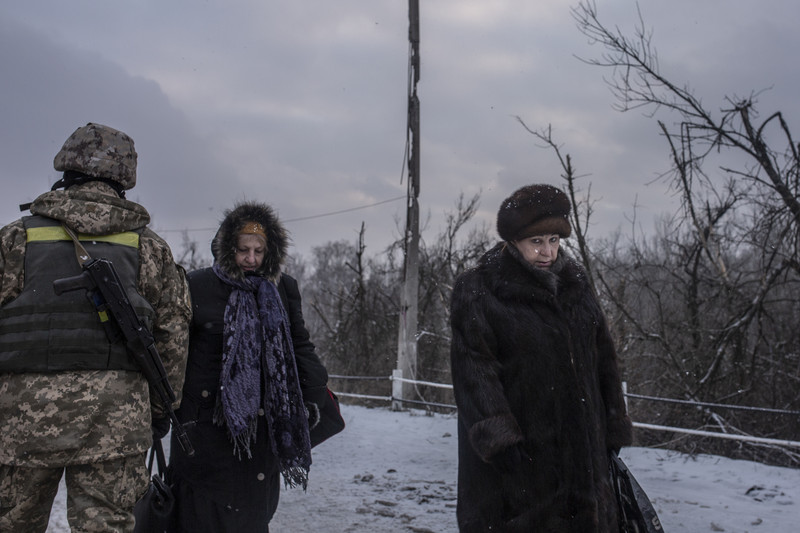
On December 1, 1991 in the territory of the Ukrainian People’s Republic, which formed part of USSR, the sweeping majority (90%) voted in favor of Ukrainian independence. The supporters represented a clear majority in Eastern Ukraine, inhabited by ethnic Russians, and in western
Ukraine. Twenty-two years later, following bloody protests in Kiev, which resulted in the ousting of the pro-Russian president Wiktor Janukowycz, there has been an increase in the separatist movements in Eastern Ukraine, further incited by a tacit support from Russia. As a consequence of the referendum — although it was not recognized in Kiev, nor in the West — the strategic point of the Crimean Peninsula has been annexed to the Russian territory, and cities of Eastern Ukrainian declared themselves as pro-Russian ‘People’s Republics’. New Ukrainian authorities tried regaining control over the rebel regions. The armed conflict which followed, as a result, has claimed the lives of almost 3000 civilians and an even greater number of soldiers on both sides who were poorly trained, and scarcely armed.
Today, Ukraine is a country of extreme contrasts. As a post-Soviet state, it is being raided by corruption and unemployment. After stagnating economically for over twenty years, it is now at war with armed forces supported by ‘brother’ Russia. The consequences of the conflict and transformations are felt by the entire society.
Mateusz Baj aims for the past four years created a photographic portrait of modern Ukraine; a post- Soviet state struggling with the shadows of history, widespread social issues and an uncertain future.
click to view the complete set of images in the archive
